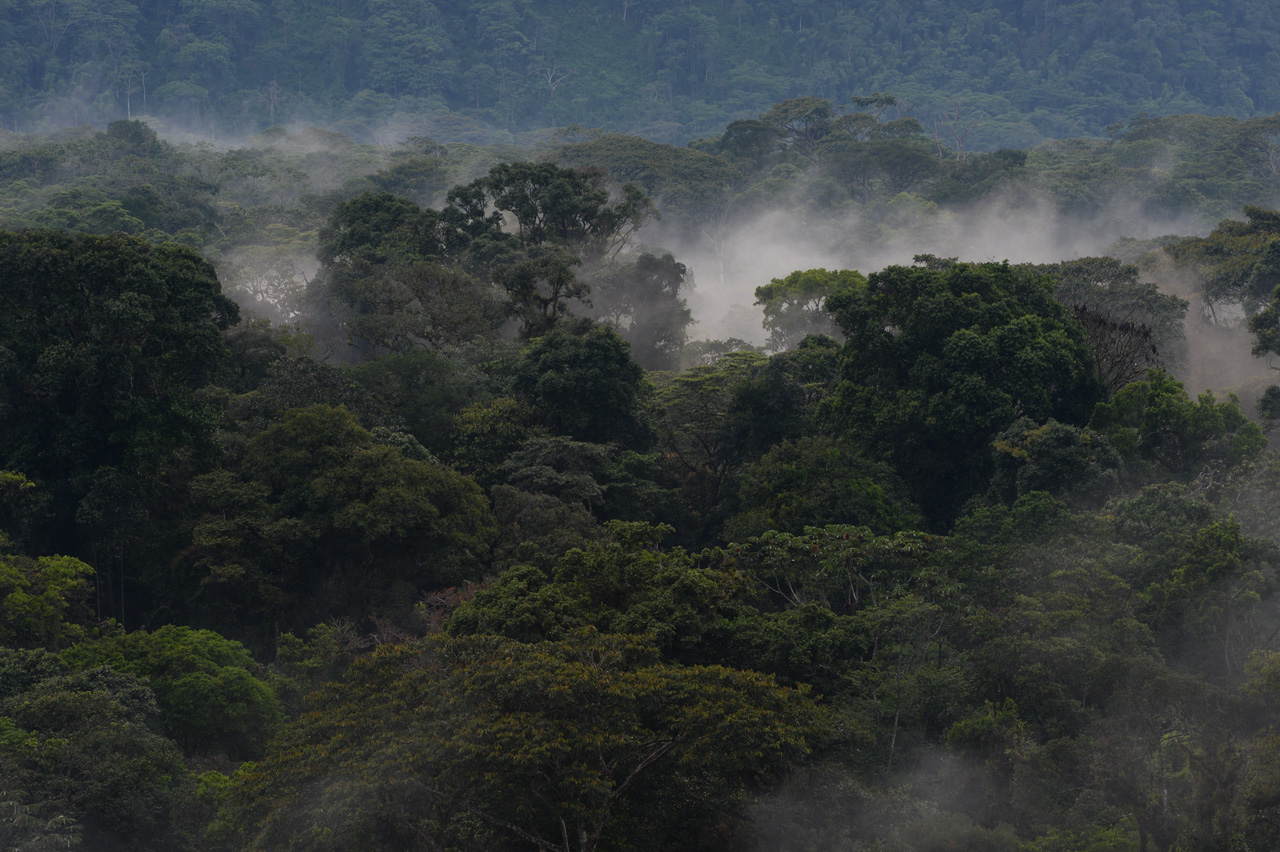The Andean-Amazon Piedmont, located in the southwestern region of Colombia, is a high-biodiversity area characterized by steep mountains, vast forests, and a rich cultural diversity.
This region covers 15,800 square kilometers and is delimited by natural landmarks such as the southern flank of the Puracé volcano, the Doña Juana – Cascabel volcanic complex, and the Nudo de los Pastos, which separate the Amazon basin from the Pacific and the Magdalena River basin.
It also includes notable formations such as the Serranía de los Churumbelos, the Cerro Patasco, the Sibundoy valley, and the Bordoncillo páramo. Its territory spans the departments of Cauca, Caquetá, Putumayo, and Nariño.
In this context, the municipality of Orito, in Putumayo, plays a key ecological and economic role.
 Photo: "EL PATO" Salcedo / WCS Colombia
Photo: "EL PATO" Salcedo / WCS Colombia
It is located between 250 and 500 meters above sea level, with an average altitude of 310 meters, an average temperature of 25°C, and a relative humidity of 88%.
In Orito, both rural and urban areas are combined, organized into six police inspections. This municipality is economically important due to its oil activity, led by Ecopetrol, but it is also home to indigenous, Afro-descendant, and settler communities.
The Wildlife Project focuses on the El Líbano rural area of Orito, but its actions impact the communities of Nueva Colonia, El Achote, Brisas del Quebradón, Los Arrayanes, Las Acacias, La Silvania, and Campo Bello.
These areas, crossed by rivers like Guamuéz and Orito, present diverse population and production dynamics, many of which are influenced by the Orito Ingi-Ande National Natural Park of Medicinal Plants.
Some biological resources in this landscape are being supported under three strategies focused on reducing the pressures that directly affect them: coexistence with wildlife, restoration, and sustainable use of biodiversity.
Traslated with AI support